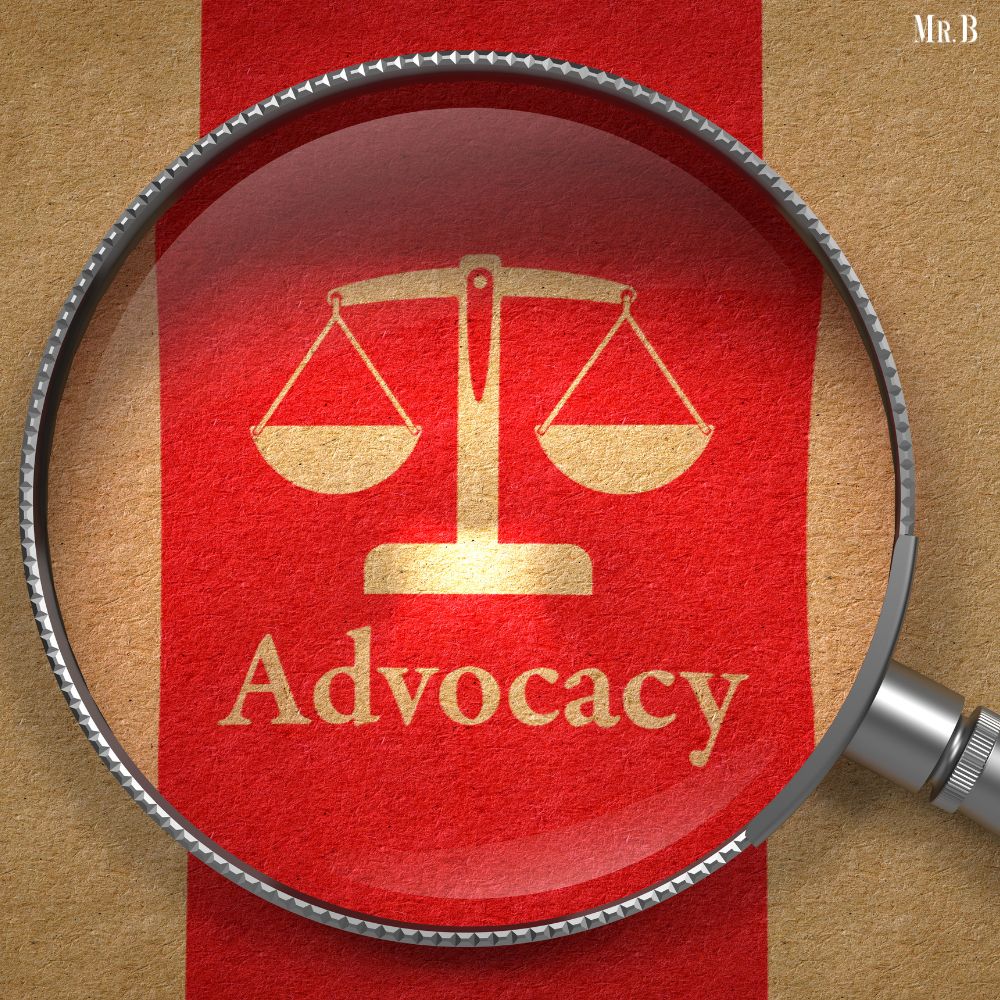Promote Pay Equity: Advancing Towards Fairness and Equality Category: Finance
Promote Pay Equity: Advancing Towards Fairness and Equality Category: Finance
Blog Article

In today’s progressive society, the pursuit of equality and fairness in the workplace has become a cornerstone of social and economic progress. One critical aspect of this pursuit is ensuring promote pay equity for all individuals, regardless of gender, race, or any other characteristic. This comprehensive guide delves into the importance of pay equity, current challenges, strategies for implementation, and the transformative impact it can have on organizations and society as a whole.
Understanding Pay Equity
Promote pay equity refers to the practice of ensuring that individuals receive equal pay for equal work, regardless of their background or personal characteristics. It emphasizes fairness in compensation, aiming to eliminate wage disparities that may exist due to factors such as gender bias, racial discrimination, or other forms of inequity. Achieving pay equity goes beyond mere compliance with legal standards; it reflects a commitment to justice, diversity, and inclusivity in the workplace.
The Importance of Promote Pay Equity
1. Fairness and Justic:
Pay equity aligns with fundamental principles of fairness and justice. It acknowledges the intrinsic value of every employee’s contributions and ensures they are appropriately compensated without bias or discrimination.
2. Employee Morale and Engagement:
When employees perceive that they are paid fairly for their work, morale and engagement levels increase. This leads to higher productivity, lower turnover rates, and a more positive work environment.
3. Legal and Ethical Obligations:
Many jurisdictions have laws and regulations mandating equal pay for equal work. Compliance with these laws not only avoids legal repercussions but also demonstrates ethical leadership and commitment to social responsibility.
Current Challenges in Achieving Promote Pay Equity
Despite progress in promoting pay equity, significant challenges persist:
1. Gender and Racial Wage Gaps:
Women and racial minorities often face wage disparities compared to their white male counterparts, even when performing similar roles with comparable qualifications and experience.
2. Implicit Bias and Stereotypes:
Unconscious biases can influence pay decisions, leading to disparities based on gender, race, age, or other personal characteristics. Addressing these biases requires awareness, training, and proactive measures.
3. Transparency and Accountability:
Limited transparency in pay practices can perpetuate inequalities. Organizations must adopt transparent pay structures and accountability mechanisms to ensure fairness and equity.
Strategies to Promote Pay Equity

1. Conducting Pay Audits:
Regularly audit pay practices to identify and address wage gaps based on gender, race, and other factors. Analyze pay data systematically to ensure fairness in compensation.
2. Implementing Salary Bands and Pay Transparency:
Establish clear salary bands for roles and promote transparency in pay practices. This helps mitigate disparities and ensures consistency in compensation decisions.
3. Training and Education:
Provide training on unconscious bias, diversity, and inclusion to all employees, especially those involved in hiring and compensation decisions. Awareness and education are crucial steps towards fostering a culture of equity.
4. Promoting Diversity in Leadership:
Diverse leadership teams are more likely to prioritize pay equity and implement policies that foster inclusivity. Encourage diverse representation at all levels of the organization to drive systemic change.
Advocacy and Collaboration:
Engage with industry peers, advocacy groups, and government agencies to advocate for policies and practices that promote pay equity. Collaborate with stakeholders to share best practices and collective solutions.
The Business Case for Promote Pay Equity
1. Enhanced Reputation and Brand Loyalty:
Organizations known for their commitment to pay equity attract top talent and earn trust among customers and stakeholders.
2. Improved Financial Performance:
Fair pay practices contribute to higher employee retention, reduced turnover costs, and enhanced productivity, ultimately driving financial success.
3. Legal Compliance and Risk Mitigation:
Adhering to pay equity laws reduces legal risks and protects against potential litigation or reputational damage associated with discrimination claims.
Promote Pay Equity: A Cultural Imperative
Promoting pay equity is not merely a compliance issue but a cultural imperative that fosters a more equitable society and workplace. By embracing diversity, equity, and inclusion, organizations can create environments where every individual feels valued, respected, and empowered to contribute their best.

Steps Towards Implementation
1. Leadership Commitment:
Senior leaders must champion pay equity initiatives and embed them into the organization’s core values and strategic objectives.
2. Data-Driven Decision Making:
Use data analytics to monitor pay disparities and track progress toward achieving equity goals. Regularly review pay practices and adjust policies as needed.
3. Employee Feedback and Engagement
: Involve employees in discussions about pay equity and solicit their feedback on fairness perceptions. Create channels for open communication and transparency.
Case Studies and Success Stories
1. Salesforce:
Implemented a comprehensive pay audit and committed $3 million to address pay disparities across gender and race.
2. Adobe:
Conducted a global pay parity analysis and adjusted salaries where discrepancies were identified, demonstrating a proactive commitment to equity.
Overcoming Resistance and Implementing Change
Despite the compelling arguments to promote pay equity, organizations may encounter resistance or challenges in implementing these initiatives. Addressing these hurdles requires a proactive approach and a commitment to fostering a culture of fairness and equality:
1. Leadership Buy-In:
Secure support from senior leadership by emphasizing the business benefits of pay equity, including improved employee morale, enhanced reputation, and reduced legal risks. Leaders should champion equity initiatives and allocate resources for necessary audits and adjustments.
2. Data Collection and Analysis:
Conduct comprehensive pay audits to identify disparities based on gender, race, or other factors. Utilize robust data analytics to assess pay gaps accurately and develop targeted strategies for closing them. Transparency in data collection and analysis builds trust and accountability.
3. Policy Development and Implementation:
Establish clear policies and guidelines for pay equity, including salary bands, promotion criteria, and performance evaluation processes. Ensure these policies are communicated effectively to all employees and integrated into HR practices.
4. Training and Education:
Provide training programs on unconscious bias, diversity, and inclusion for managers and HR professionals involved in compensation decisions. Educating staff about the importance of pay equity and mitigating bias is crucial for fostering an equitable workplace culture.
5. Engaging Stakeholders:
Involve employees, diversity councils, and external stakeholders in discussions about pay equity. Solicit feedback, address concerns, and collaborate on developing solutions that promote fairness and inclusivity.
Case Studies in Successful Pay Equity Initiatives
1. Salesforce:
In 2015, Salesforce conducted a thorough pay audit and invested $3 million to address unexplained differences in pay across gender and race. This commitment resulted in adjustments for over 11% of its workforce and demonstrated transparency and accountability in pay practices.
2. Adobe:
Adobe achieved global pay parity by analyzing pay data annually and making necessary adjustments to ensure equal pay for equal work. Their proactive approach to addressing pay disparities has reinforced their commitment to diversity and inclusion.
The Role of Government and Advocacy

Government regulations and advocacy play a crucial role in advancing promote pay equity. Legislative measures, such as the Paycheck Fairness Act in the United States and similar laws worldwide, aim to close gender and racial wage gaps through transparency, accountability, and enforcement mechanisms. Advocacy groups and non-profit organizations also advocate for policy reforms and support businesses in adopting equitable pay practices.
Measuring Success and Continuous Improvement
1. Key Performance Indicators (KPIs):
Establish measurable KPIs to monitor progress towards achieving pay equity goals. Track metrics such as average pay gap reduction, employee satisfaction scores related to fairness, and diversity representation in leadership roles.
2. Feedback Mechanisms:
Implement regular surveys and feedback mechanisms to gauge employee perceptions of pay fairness and inclusivity. Use this feedback to inform continuous improvement initiatives and address emerging issues proactively.
3. Benchmarking and Best Practices:
Benchmark pay equity practices against industry peers and best-in-class organizations. Participate in industry surveys and research to stay informed about emerging trends and innovative approaches to promoting equity.
Conclusion: Advancing Towards a Fair and Inclusive Future
In conclusion, promoting pay equity is a multifaceted endeavor that requires commitment, transparency, and continuous effort from organizations worldwide. By addressing systemic inequities and fostering a culture of fairness, businesses not only comply with legal obligations but also drive positive social change and create environments where diversity thrives.
As we strive towards a fair and inclusive future, let us embrace the transformative power of promoting pay equity to build a more just society where every individual has equal opportunities to succeed and thrive.
Curious to learn more? Explore this Article on: Mr.Business Magazine